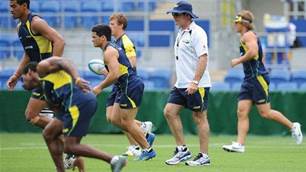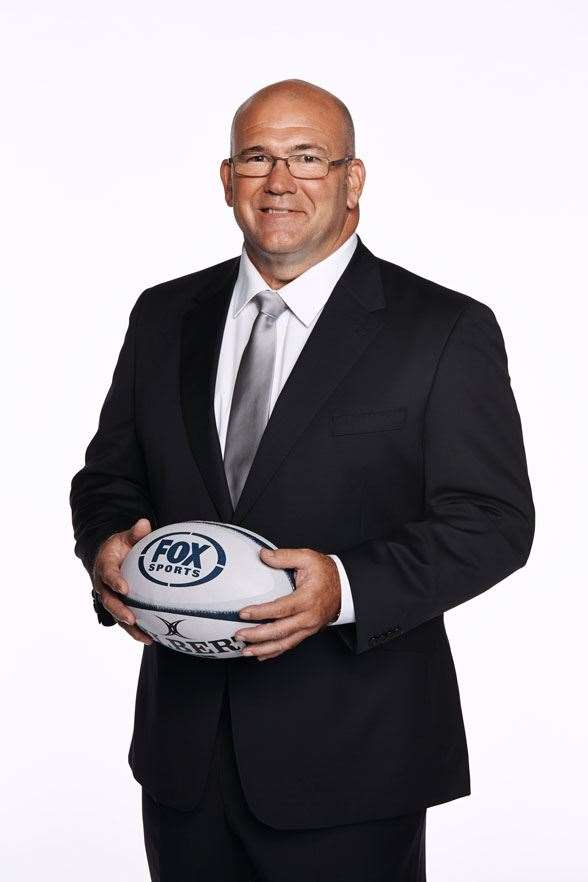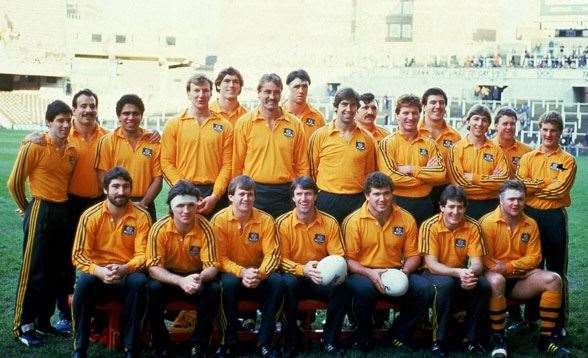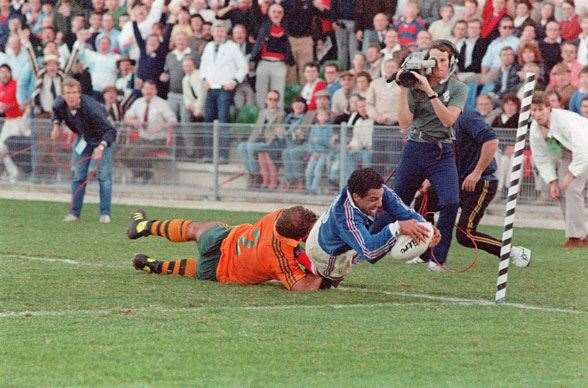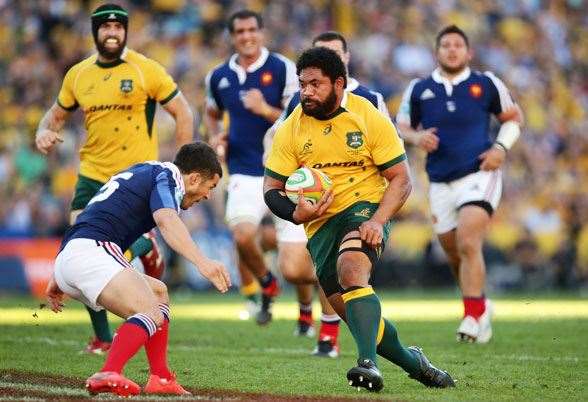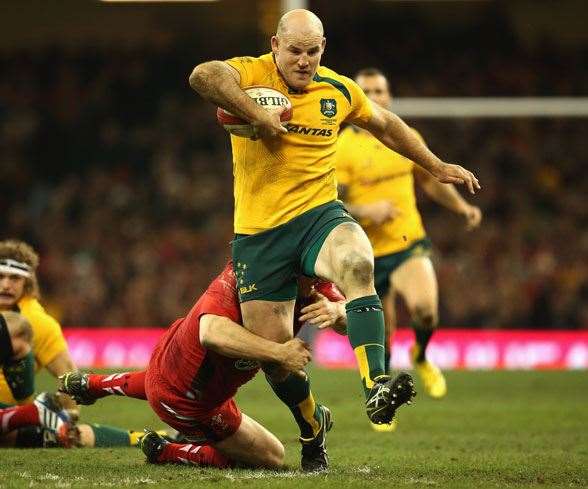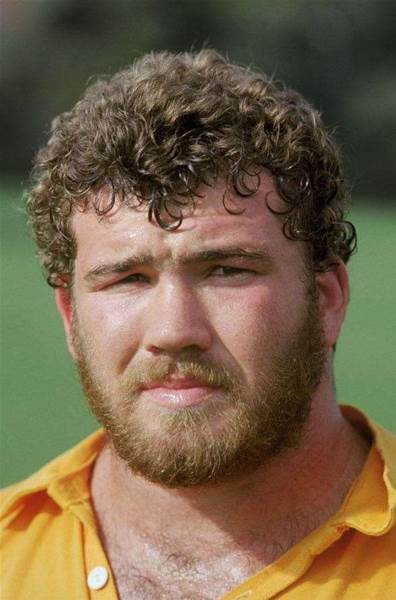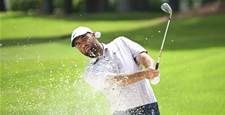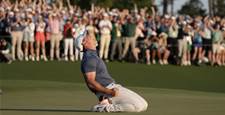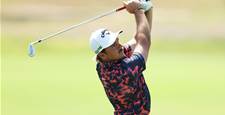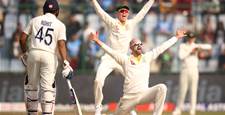We caught up with the Fox Sports commentator.
As the bulk and ballast of a world-class Wallabies front-row, hooker Tom Lawton was literally front and centre at some of Australian rugby’s most famous moments. He pushed over the Welsh in ’84, dominated Sean Fitzpatrick on the way to a Bledisloe Cup in ’86 and bashed heads with the British Lions in the Ballymore bloodbath of 1989. And when Serge Blanco scored in the corner at Concord Oval to knock Australia out of the 1987 World Cup, around his ankles was our man Lawton, who really had no place being there, given he was the shape of a good-sized Kelvinator. Yet Lawton made a habit of bucking trends. In scrums which often proved dark places dominated by violent trolls, the 21-year-old Lawton really had no place being front-row of that famous Grand Slam-winning Wallabies pack, either. A huge man by hooker standards of the time, Lawton was like a third prop. Today, he’s an expert analyst for Fox Sports’ rugby coverage, who reckons the Wallabies can win the World Cup.
Looking at your profile on the ARU’s website, the first dozen paragraphs are about your grandfather, Tom Senior: a Wallaby, Oxford alumnus and all-round sportsman. Were you brought up on a banquet of the old boy’s war stories?
We were, though it was later in life. My grandfather lived almost in isolation in the hinterland outside Brisbane and we didn’t have a lot to do with him. Then he got too crook to live by himself and came to live with us. I’d have been 14, my brother [and fellow Wallaby Rob] might’ve been 13. And for about three years until he passed away, he’d tell great stories about the “adventure” of rugby. Not so much the game, but the camaraderie and the places he saw and the people he met. He painted a great picture of the culture of the game.
One yarn that stands out?
On the Waratahs’ tour of 1927, the team was invited to go pheasant hunting with the King [George VI] and the Royal family. As you do. Each of the players who shot one, the King had it stuffed and sent to their home. Anyway, Tom was walking past a bassinet that held the future Queen Elizabeth. And he reached in and picked her up and tossed her in the air. And everybody froze. After an uncomfortable pause, the King looked at Tom and said: “She’s pretty heavy, isn’t she?” And everyone started laughing. It was a bit hairy for a while. Lucky he didn’t drop her ...
Perhaps the most famous moment of your 41 Tests is The Pushover Try, Cardiff Arms Park, November 24, 1984, to beat mighty Wales on the way to the Grand Slam. Assuming you’re not tired of talking about it ...
[Laughs] No mate.
... Talk us through it!
The Poms had never seen most of us, myself included. As we were going around on tour, we started to accumulate some skill, especially in scrummaging. We knew we had a good, strong pack but there was refinement needed. After we beat Ireland, Phil Orr, one of the great loose-head props, invited us all to the Lansdowne Rugby Club. We were a bit seedy from the night before, but we had a few beers and got talking, and we ended up packing scrums in the bar. And Phil showed us tips in terms of binding and things. And it was incredibly valuable.
Next thing you’re running out onto Cardiff Arms ...
That whole tour, as we got better, everyone keeps saying, “Wait until you get to Wales.” In those days they were the standard bearer for forward play, certainly scrummaging. But we were at the peak of our game. And our first half was about the best rugby we could possibly have played. It was flawless. I managed to get a try and a pushover. We knew we were going to do something special after the first scrum. They cracked a bit and we knew we had the weight and skill dominance over their front-row. It was one of those great moments in rugby, in team sport, when you knew you had the capability as a team.
You’re also known as the man around the ankles of Serge Blanco as he scored in the corner, semi-final, RWC ’87 at Concord ...
That was one of the great rugby games. I’ve never been more wasted after a match. It was just running and running. So much open play and the score changed a hundred times. They were good, they were up for it. When they’re up for it they’re pretty much unbeatable. You’ve got to snuff them out early to beat them. They’ll give up if they don’t think they’re going to win. But if you give them a sniff they’ll fight on and pull something out. And that’s what they did. I thought for a little while that I had Serge, but obviously not good enough. But there you go: you go as hard as you can and sometimes you get ’em and sometimes they pip you at the post.
Okay, so 1990 comes and Bob Dwyer wields a new broom and picks a kid from Randwick reserves, Phil Kearns. You’d have been surprised then, like everyone. Thoughts then? And now?
Nice to be replaced by someone who went on to have a pretty fair career. Kearnsy was a Wallabies captain and a great hooker for Australia. Even though it was tough at the time, you tend to rationalise that time marches on and careers finish and start. The way it was done might’ve been conducted better ... Bob Dwyer was a good coach, but he wasn’t a flash communicator. I didn’t get a lot out of communications with Bob for most of my time with him. I think he’d made a decision that he was going to change the front-row and that’s fair enough, it was his prerogative; he’s the coach. And you could argue he made the right decision. I just think that the long-term respect for coaches – and maybe the not-so-long-term respect – comes from the quality of their conversation. I just happened to like coaches who could carry out those courageous conversations. When players are going to leave the team, I think coaches should be good enough to defend their point of view and then get on with it.
Got a Stan Pilecki yarn?
His role on tour, he wasn’t captain, but he was like a third coach. He’s 16 years older than me, so the gap between the youngest and oldest was enormous. And you grew up pretty quickly in those environments and learned how to carry yourself as a man. These days kids get fined. In those days you got physically assaulted. That was the currency of discipline and Stan was a great one for dispensing tough love. But a terrific bloke and hugely respected. His great penchant was to ensure all the boys went to the local pub when we arrived in town. And we’d have a few beers with the locals and assimilate, talk rugby. And Stan was a great one for tapping you on the shoulder and telling you it was time to go if you’d had enough.
A quote I remember of yours, from years ago, is: “If South Africa ever host the World Cup, they’ll win it.” Which was based on your time with Natal in the Currie Cup ...
We almost never did it. It was the beginning of ’90, Bob had left me out of the All Blacks Tests and I made a World XV to play against South Africa. I got back and got a phone call asking would I like to go over. I told them, no, I was here and concentrating on other stuff, and hung up. My wife said, who was that? I said someone wanted me to play in South Africa. And she said, well, why don’t we? And that was it. We both resigned and within a couple of weeks we were over there. And it was one of the great experiences of our lives. Met some really solid mates. And learned a lot about South Africa.
Example?
There’s a lot of mistruths about daily life and the way people get along, and how blacks and whites get along and assimilate. It’s too easy to use throwaway lines like they’re “arrogant” or “racist” or whatever. The people I became mates with were extremely solid and caring people who cared about the relationships between black and white. It was a real insight into how societies operate. But of course it was a rough-and-tumble time and not the safest place to be. But it was ex-pat living and that’s what made it fun. There was partying and serious rugby.
How was the rugby?
The thing that stood out was the size of the opposition. You could probably get used to playing against giant forwards. But it’s disconcerting running into a halfback who’s six-foot three and 130 kilos. Robert du Preez was big as a blindside flanker. The centres were fast and big. And I enjoyed it. Big packs, weighed a ton. They loved to scrum. They loved to eat meat, drink red wine. Ticked a lot of boxes.
At the same time Apartheid was obviously a huge part of life and the country was a pariah. Yet you don’t seem to have copped the same recriminations as some have on returning, cricketers for instance. Was there any official sanction of you?
I didn’t suffer that. I got back the end of ’91. The Wallabies went on an official tour in ’92. I just found it a little hypocritical that governments had so much to do with sport. I’m not saying I agreed with Apartheid by any stretch of the imagination. I think non-political association through sport is something that can be a help rather than hindrance. Mandela used rugby to unite the country in that ’95 World Cup. And I think that demonstrates that sport can be the most powerful thing for bringing people together. It’s the common denominator.
Would you agree though that sports sanctions were one of the reasons South Africa came in from the cold? That they helped to eventually force the country’s hand?
I think it’s simplistic to suggest sporting sanctions were the primary driver. My impression was there was a high social shift that led to the dismantlement of Apartheid. Moderate whites saw it as inevitable and welcomed the idea. They saw it as a start towards a better way of life. I stand by my statement that sport brings more positives than negatives in terms of shifting social attitudes and awareness.
Today the Wallabies’ scrum is still seen as a weak link by international teams. Is that a fair cop? Is it our Achilles’ heel?
I wouldn’t say it was the Achilles’ heel. It certainly used to be. When Australian coaches – and more specifically, I think it was Eddie Jones – decided that the scrum didn’t need to be powerful, it just needed to be about restarts, that’s when other teams started to focus on exposing that weakness. The Wallabies took their eye off the ball in terms of scrum technique and other teams worked that out pretty quickly and applied pressure. For years we’ve been trying to regain that and for years other teams have been marking up against Australia in scrums. Especially the Poms, the four home nations. But slowly and surely we’ve got guys with skill and experience. And I’m quietly confident we’ll compete well up front. Across the pack we have high-quality players. The back-row is world-class. But we have to keep working hard to be not just as good, but better than the opposition. You get ascendancy there, you’ll get go-forward, and other teams will concentrate their energies elsewhere.
A fit Stephen Moore will make a difference. Is he your number one No.2?
Absolutely. And I’m more and more confident that he’ll be the hooker. I had a yarn with him recently and he’s in great shape. Getting fitter and better every week. A double whammy with Moore is that you get a first-class hooker – and he’s arguably the best around internationally – and he’s a very good leader. And he’ll be the catalyst to a strong scrum and go-forward.
And Tatafu Polota-Nau? He the 2IC?
You’d have to say he would be. Excellent line-out skills, excellent scrummaging. Really enjoy watching him play. He likes to play it tough.
How are you with Michael Cheika and his game plan?
Michael Cheika’s game plan is really attractive to Australian rugby, and attractive to the public. He’s bringing back aggression at the breakdown and at the advantage line. What you’re going to see is a Wallabies pack that’s going to follow the leader and take the lead. They’ll hit or penetrate that gain line. That’s the style the Wallabies want to play. When it’s fast and wide, and nice and aggressive, that’s the perfect game plan for the Wallabies.
Sounds like you’re quite bullish about our prospects in the World Cup ...
Absolutely. We’ll be a lot better in this World Cup than we were in the last one, I guarantee you that. And it won’t be because of different personnel: it’ll be because of a different approach to the game. I think the number-one difference that Cheika brings is – and he makes no bones about it – he wants blokes who are going to stand up for themselves and bleed a bit of claret for the purpose. He’s surrounded himself at the Waratahs with good, strong, tough blokes. And from a national perspective he’s looking at blokes who are not only good practitioners, but also the toughest blokes he can find. And I think that augurs well for the World Cup.
– Matt Cleary
Related Articles
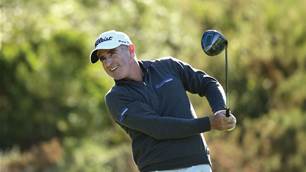
Video interview: Drinks With ... Matt Millar

Tom Lawton front and centre at Wallabies' greatest moments
